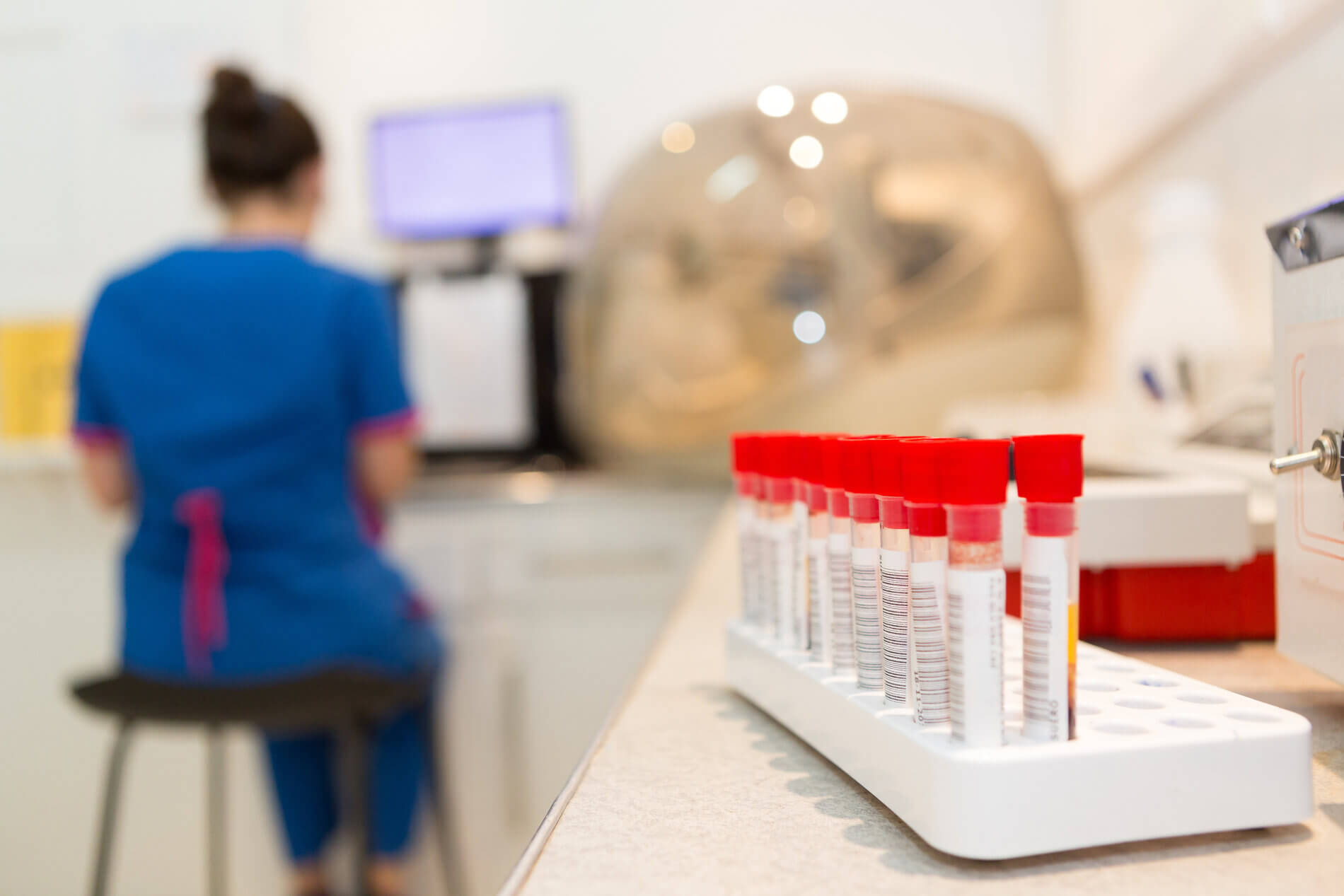Last Updated: October 30, 2024, 1 pm UTC
For decades, laboratory developed tests (LDTs) have operated under minimal FDA oversight, but advancements in molecular biology, the rise of personalized medicine, and the critical role of diagnostic testing have prompted the FDA to revise its approach. In its recently announced phaseout policy, the FDA is moving toward full regulatory control of LDTs.
By February 2026, the FDA will adopt ISO 13485:2016 as the foundation for its new Quality Management System Regulation (QMSR). This international standard sets forth requirements for a quality management system (QMS) that ensures medical devices—such as LDTs—are designed, developed, and maintained with the highest safety and quality standards.
In this blog, we’ll take a closer look at the Quality System (QS) requirements that labs must meet as part of this transition, particularly when it comes to managing complaint files, corrective actions, and preventive actions.
Breaking down ISO 13485:2016
ISO 13485:2016 is the globally recognized standard for quality management systems in the medical device industry. It emphasizes risk management, product traceability, and the establishment of processes to ensure ongoing compliance and improvement. For labs, this means implementing a system that tracks the performance of LDTs at every stage—from development through daily use and eventual modification or withdrawal from the market.
Some of the key elements of ISO 13485:2016 include:
- Documented processes: Labs must maintain clear documentation of all procedures related to the design, development, production, and maintenance of LDTs.
- Risk management: The standard requires labs to identify and control risks throughout the entire lifecycle of an LDT, from its initial design to its ongoing use in patient care.
- Complaint handling: Labs must have a robust system for tracking and addressing customer complaints, ensuring that issues are investigated, corrected, and prevented in the future.
- Corrective and preventive actions (CAPA): Labs must put in place processes for identifying the root cause of problems and taking steps to correct and prevent them from recurring.
Aligning your lab’s QS with ISO 13485:2016
To comply with the FDA’s upcoming adoption of ISO 13485:2016, labs need to begin aligning their internal quality systems with the standard’s requirements. Below, we’ll break down some of the most critical areas to focus on as you prepare for the transition.
How should labs manage complaints?
One of the core components of ISO 13485:2016 is complaint handling, which ties directly into the FDA’s requirements under stage 1 of its LDT phaseout policy. Labs must develop clear procedures for receiving, reviewing, and responding to complaints about their LDTs.
To comply with ISO 13485:2016, labs should:
- Set up a centralized system for logging and tracking complaints. This should include details on the nature of the complaint, the test involved, and any corrective actions taken.
- Investigate the root cause of each complaint. This involves determining whether the issue stems from a defect in the test design, a problem in the manufacturing process, or improper use of the test.
- Implement corrective actions to resolve the problem and preventive actions to ensure it doesn’t happen again.
- Keep detailed records of each complaint and the steps taken to address it. These records should be easily accessible in case of an audit or FDA inspection.
Since the FDA will expect labs to handle complaints under these guidelines, preparing now will help labs avoid potential regulatory issues down the road.
The benefits of proactive risk management
ISO 13485:2016 places a strong emphasis on risk management, requiring labs to identify, assess, and mitigate risks associated with their LDTs. This is especially important for tests that could lead to serious consequences if they produce inaccurate results, such as false positives or false negatives.
To manage risks effectively, labs should develop a risk management plan that outlines how risks will be identified and addressed throughout the lifecycle of each LDT. Labs should also use risk analysis tools, such as Failure Mode and Effects Analysis (FMEA), to assess the potential impact of test failures and prioritize corrective actions. Upon the occurrence of an issue, labs should ensure that any significant risks are immediately addressed through CAPA processes, and that these actions are documented and reported as required by the FDA.
This level of risk management will only be possible through continuously monitoring the performance of LDTs through ongoing quality checks, user feedback, and post-market surveillance. By proactively managing risks, labs can minimize the chance of patient harm and demonstrate to the FDA that they have a solid system in place for ensuring the safety and reliability of their LDTs.
Don’t fear the CAPA
Under ISO 13485:2016, labs must implement a CAPA system that ensures any problems are quickly identified, investigated, and corrected. The goal of CAPA is to prevent issues from recurring by addressing the root cause of each problem.
To align CAPA processes with the ISO standard, labs must:
- Develop a formal CAPA process that includes steps for identifying problems, investigating their cause, and implementing corrective actions.
- Ensure that preventive actions are taken when necessary. For example, if a lab identifies a recurring issue with an LDT, it should put preventive measures in place—such as updated training for staff or improved quality control procedures—to prevent the issue from happening again.
- Monitor the effectiveness of the corrective and preventive actions to ensure that they are solving the underlying issue and preventing future occurrences.
- Maintain detailed documentation of each CAPA activity, including the problem, the root cause, the actions taken, and the results of those actions.
The FDA will expect labs to have a fully functional CAPA system in place. Aligning with ISO 13485:2016 will ensure that your lab meets both FDA and international standards.
Checking in with your progress
ISO 13485:2016 also requires labs to perform regular internal audits to ensure that their quality system is functioning properly. These audits should assess whether the lab is complying with its documented procedures and identify areas for improvement.
To prepare for ISO 13485:2016, labs should develop a schedule for regular internal audits to assess compliance with the lab’s quality system procedures. It is beneficial to designate a team that is responsible for conducting these audits to ensure they are properly trained to identify non-conformities. This team could be internal to the lab or outsourced to a CRO based on the lab’s resources.
Following audit completion, labs should use the findings to drive continuous process improvement. This could involve updating procedures, retraining staff, or investing in new technologies to improve test quality. Finally, labs should keep thorough records of all audit activities, including any corrective actions taken in response to audit findings.
By making internal audits a routine part of your lab’s operations, you can identify and address potential compliance issues before they become major problems.
Preparing for 2026 now
As the FDA moves toward adopting ISO 13485:2016, it’s essential for labs to start aligning their quality systems with the new requirements. By focusing on complaint handling, risk management, CAPA processes, and internal audits, labs can ensure they are prepared for the transition and ready to meet the FDA’s expectations.
Premier offers extensive experience in the management and development of LDTs and in vitro diagnostics (IVD). If you are seeking support with the FDA’s phaseout policy of LDTs, reach out to us here.

 Webinar
Webinar 


 Perspectives Blog
Perspectives Blog 